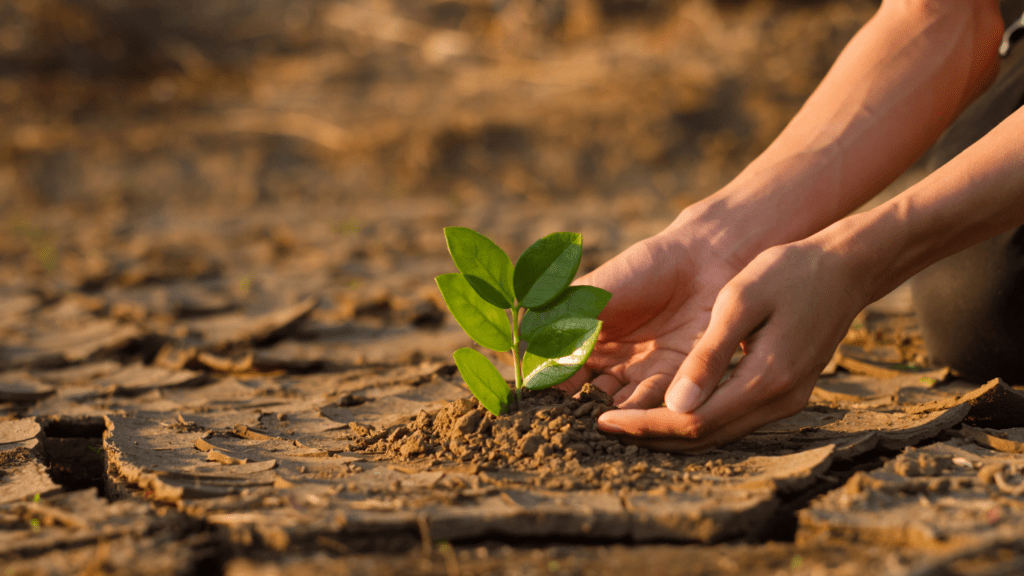Visual storytelling has become more powerful than ever, and in 2025, it’s redefining how we connect and communicate. A single photo can evoke emotions, spark conversations, and tell stories that words alone can’t. But creating a photo essay that truly resonates requires more than just snapping pictures—it’s about crafting a narrative that leaves a lasting impression.
Understanding Visual Storytelling
Visual storytelling combines imagery and narrative to convey messages that resonate emotionally and intellectually. By structuring visuals in a sequence, I guide viewers through a story that evokes engagement and understanding. Effective storytelling in photo essays balances creativity with clarity, ensuring viewers grasp the intended message without confusion.
Context, emotion, and progression form the foundation of impactful visual storytelling. Context establishes the setting, emotion creates a deeper connection, and progression ensures the story flows logically from one image to the next. For instance, a photo essay on climate change might start with serene landscapes, transition to degraded environments, and end with community-led restoration efforts.
Every element in a photo should serve the narrative. Composition, light, and subject placement play significant roles in creating meaning. Combining diverse perspectives, like wide-angle shots for scale and close-ups for details, adds depth and variety to the story, making it visually engaging.
Modern tools enhance visual storytelling. Applications like Adobe Lightroom and storytelling platforms such as Medium allow me to manage content while maintaining aesthetic consistency. With the rise of AI-powered editing, it’s now easier to refine images and highlight key details without losing authenticity.
Key Elements of a Compelling Photo Essay
Crafting an impactful photo essay involves intentional decisions that guide the viewer through a cohesive and engaging story. It’s essential to balance narrative, emotion, and visual appeal across all images.
Narrative Structure
A strong narrative structure ensures that each photo adds depth to the overarching story. I arrange my images chronologically or thematically, depending on the essay’s focus. For example, a thematic structure might work well for a photo essay documenting urban decay, grouping images by elements like abandoned buildings or graffiti. I carefully choose a powerful opening image to set the tone and a closing image to leave a lasting impression.
Emotional Connection
Images that evoke emotion resonate more deeply with the audience. I include photos showcasing human expressions, dynamic movements, or evocative environments whenever possible. For instance, in a photo essay on disaster relief, a close-up of someone embracing a rescuer can convey hope amid adversity. Capturing genuine, unposed moments enhances authenticity and emotional impact.
Cohesive Aesthetic
A cohesive aesthetic ensures visual unity across the photo essay. This involves:
- maintaining consistent color palettes
- lighting styles
- editing techniques
I often use tools like Adobe Lightroom to apply specific presets, ensuring tonal harmony. For instance, desaturated colors might unify images in a somber story on deforestation. This consistency strengthens the narrative and creates a polished presentation.
Tips For Crafting Impactful Photo Essays

Creating a photo essay involves intentional choices that guide the audience through a visually compelling narrative. Each element contributes to delivering an impactful story that resonates with viewers.
Choosing The Right Subject
Selecting a subject aligns your work with a meaningful narrative. I focus on topics that inspire emotion or provoke thought, such as cultural traditions, social issues, or personal experiences. A subject with depth creates opportunities for layered storytelling and engagement. For example, a photo essay on urban life can explore contrasts between bustling streets and serene moments of daily life.
Storyboarding Your Vision
Storyboarding structures the narrative before capturing images. I draft a visual outline, identifying key moments and emotions to highlight. This step ensures clarity in the story’s progression, whether it’s chronological or thematic. For instance, a photo essay on climate change might begin with serene landscapes and transition to stark images of environmental damage, creating a compelling progression.
Selecting And Sequencing Photos
Selecting and arranging images determines how effectively the story unfolds. I choose photos that maintain consistency in tone and emotion while advancing the narrative. Opening with a striking image grabs attention, while a closing image leaves a lasting impression. For example, pairing wide shots for context with detailed close-ups enhances both scope and intimacy in the essay.
Inspiring Examples Of Photo Essays
Visual storytelling draws inspiration from compelling photo essays that showcase diverse narratives. Here, I explore both past works and future trends defining the medium in 2025.
Notable Photo Essays From Recent Years
Some photo essays from recent years highlight the potential of storytelling through imagery:
1. “The Climate Crisis in Focus” by Ami Vitale
Vitale’s work documents the human and environmental impact of climate change. The sequence of her photos juxtaposes personal stories with large-scale ecological damage, offering both intimacy and scope.
2. “Innocence Lost” by Mary F. Calvert
This project exposes the realities of assault within the military, using both portraits and symbolic imagery to evoke emotional depth and awareness about systemic issues.
3. “Black Lives Matter Protests” by Lynsey Addario
Addario captures the unity and intensity of global protests for racial justice, emphasizing collective emotion and individual resilience.
4. “Stories of Resettlement” by Muhammed Muheisen
This series humanizes the migrant experience, showcasing personal moments of hope and struggle amidst displacement.
These pieces demonstrate meticulous planning, powerful narratives, and emotional engagement, inspiring photographers to explore meaningful stories.
Emerging Trends In 2025
Technological advancements and social shifts influence photo essays in 2025:
1. Interactive Storytelling
Innovative platforms allow users to interact with images through augmented reality (AR), enhancing engagement and providing multi-dimensional perspectives.
2. AI-Assisted Curation
Artificial intelligence streamlines image selection and sequencing, enabling creators to focus on narrative development while maintaining storytelling consistency.
3. Environmental Narratives
Themes around climate justice and sustainability dominate, with photographers spotlighting local environmental initiatives and global ecological crises.
4. Cultural Preservation
Visual projects increasingly focus on preserving indigenous cultures, traditions, and languages under threat of globalization.
These trends underline the evolving possibilities within visual storytelling, encouraging the creation of more impactful and resonant photo essays.




